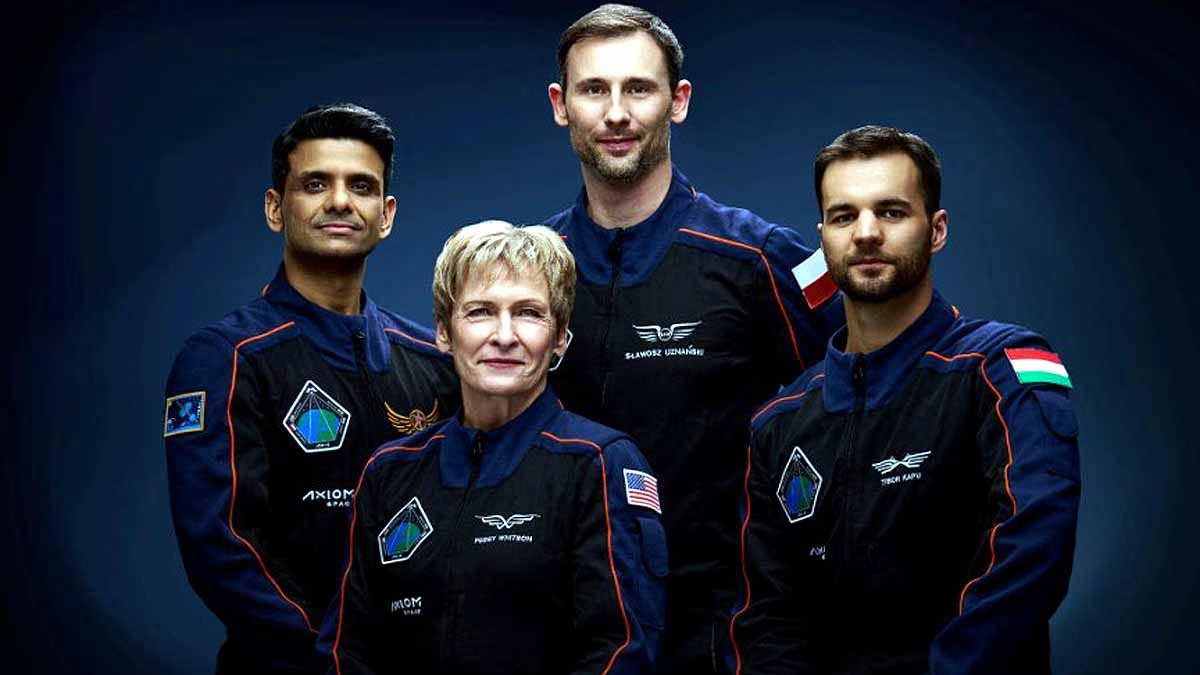The US Constitution outlines the structure of the US Government.
How is power shared in the USA?
Power in the USA is not concentrated on any one person or governing body. Instead, as written in the US Constitution, power is shared between the national government (often referred to as the federal government) and each of the 50 US state governments.
What is the US Federal Government?
The US Federal Government powers are clearly stated in the US Constitution.
For example, the federal government has the right to make decisions on the following:
- the military
- all federal taxes
- printing money
- regulations on trade between states
Anything that is not stated in the US Constitution as a federal power is a state power.
What is state government?
The United States of America is a union of 50 states, each of which has their own legal standing and authority independent of the federal government. This means that each state has the right to make decisions in those areas not decided by the US Federal Government.
For example, each state can have its own laws on the following:
- crime and punishment
- gun control
- ages for marriage, driving and education
Separation of powers/Checks and balances
The separation of powers is the term used to describe the division or sharing of powers between the Executive (President), Legislature (Congress) and Judiciary (Supreme Court).
The framers (writers) of the American Constitution in 1789 went to great lengths to ensure that political power would not be concentrated within a single branch of the national government. Therefore, there is a system of checks and balances to control power.
For example:
- the President nominates ambassadors and members of the US Cabinet, selects federal judges and negotiates international treaties, but all are subject to approval by the Senate
- the Constitution specifies that only Congress has the power to declare war, but the President is Commander-in-Chief of the Armed Forces
- the President can suggest new laws but it is Congress which the makes law
- the President can veto bills (new laws passed by Congress) but Congress, under certain conditions, can overturn a presidential veto.
Who are the political representatives in the USA?
Americans are represented in politics by many different representatives.
Federal Government
The US Federal Government is based in Washington DC and is comprised of the President, US Congress (two houses – House of Representatives and the Senate) and the US Supreme Court.
There are 435 members of the House of Representatives. The number each state elects is dependent on its population. States with bigger populations have more Congressmen or Congresswomen.
There are 100 senators, two per state regardless of the population of each state.
There are nine members of the Supreme Court. Supreme Court judges are nominated for life by the President and with the approval of the Senate.
Each of the 50 individual states of the USA has its own Governor, State Congress and State Court.
How do US citizens participate in politics?
Americans have many opportunities to participate in politics.

The USA is a democracy. US citizens can take an active part in decision making in the US. This can be at federal, state or local level.
There are several ways in which citizens can take part in political decision making:
- nominating candidates to run for public office
- voting for candidates who are nominated
- standing as a candidate at local (mayor), state (state governor) or national level (senator)
- putting forward issues to for a referendum (this could be to change a law e.g. to improve environmental protection in a state)
- joining an interest (pressure) group e.g. Brady Campaign to Prevent Gun Violence
Who are the main US political parties?
The two main US political parties are the Democratic Party and the Republican Party.
Republicans
The Republican Party or the Republicans is the USA’s oldest political party and is economically conservative . Traditionally it stands for business, small government and low taxation.
The Republican Party has a strong support base among White Christian voters, many of whom disagree with liberal causes such as abortion rights and same-sex marriage. Many Republican Party voters are found in the central states of the US/Mid-west (e.g. Iowa, Montana, or Nebraska) and the South of the US in states such as Texas, Mississippi, or Louisiana.
Older voters tend to marginally favour the Republican party.
In the 2020 US presidential elections, the then Republican President Donald Trump lost to his Democratic Party rival Joe Biden. However, Trump won more of the vote from white, older voters than Biden.
After the 2022 mid-term US elections, the Republican Party took control of the House of Representatives with 222 congressmen and women to the Democratic Party’s 213 congressmen and women.
Democrats
The Democratic Party, or the Democrats, are in general more liberal on social issues such as rights for minorities, abortion and assistance for the poor. Economically, Democrats are more likely to believe in a bigger role for government in the economy, for example in providing health insurance.
The trade unions in America are a strong base of support for the Democrats, who are more likely to support workers’ rights and issues such as the national minimum wage.
Americans who are environmentalists, anti-war, support a woman’s right to choose abortion or support same-sex marriage, are termed “liberals”.
At the 2020 US Presidential election, Democrat Joe Biden received more votes from women, minority groups (87% of Black Americans voted for Biden), younger voters and those with higher education levels than did Republican Trump.
States with large cities like New York tend to have more Democratic Party supporters, as do the New England states. Democrat support is also very strong in the West of the US in states such as California, Oregon and Washington State.
After the 2022 mid-term US elections, the Democratic Party took outright control of the US Senate returning 51 of the Senators to the Republican Party’s 49 Senators.
From bbc.co.uk










